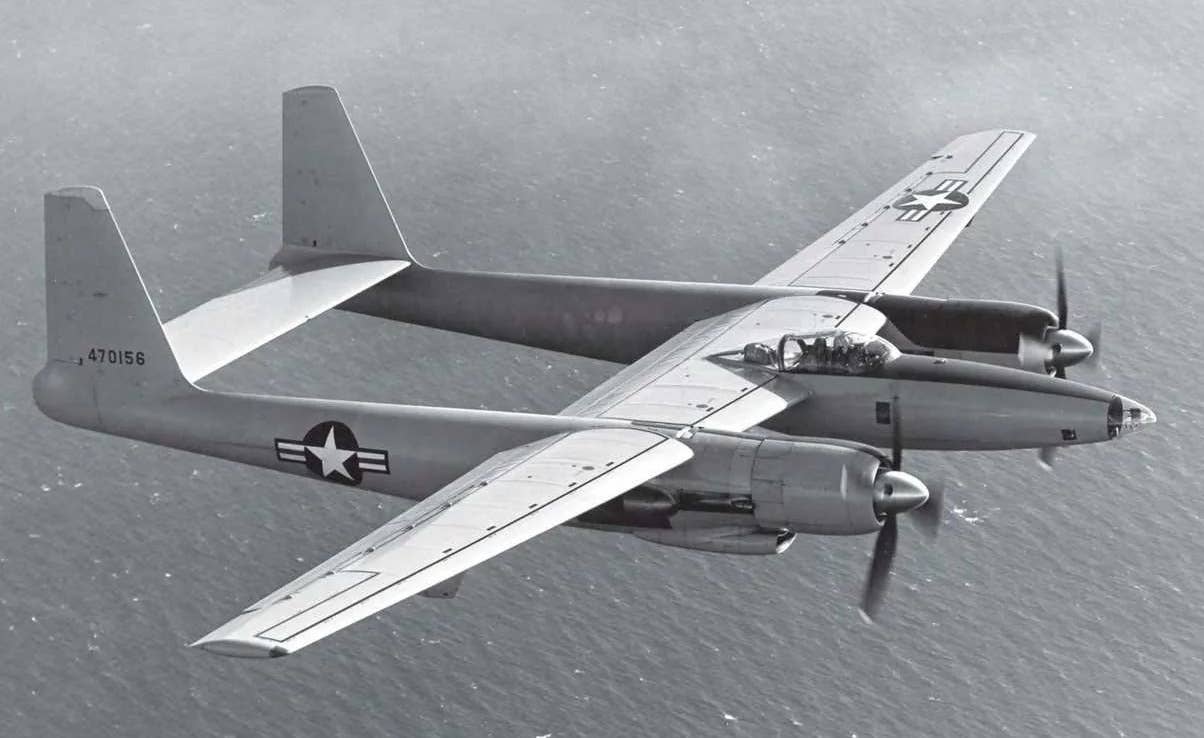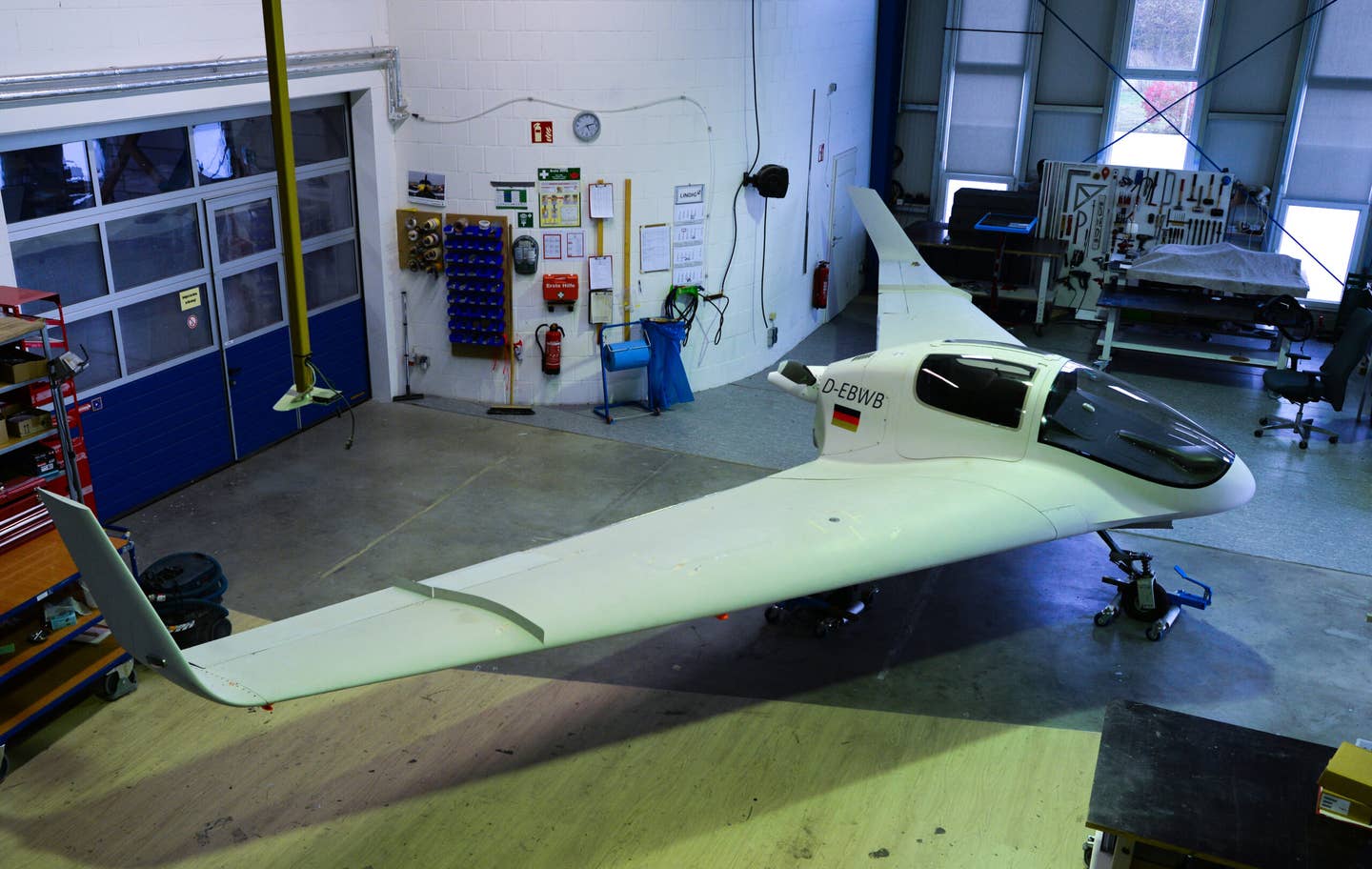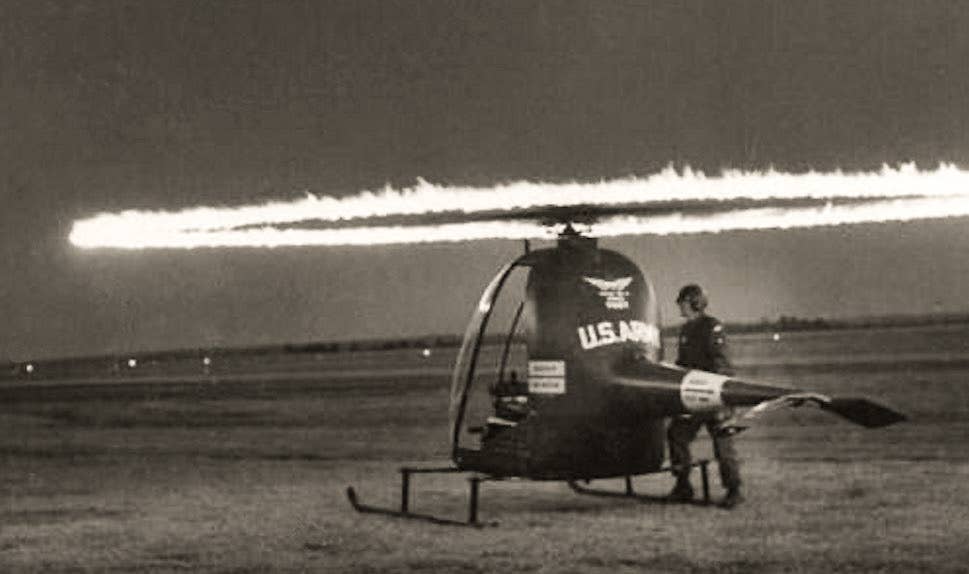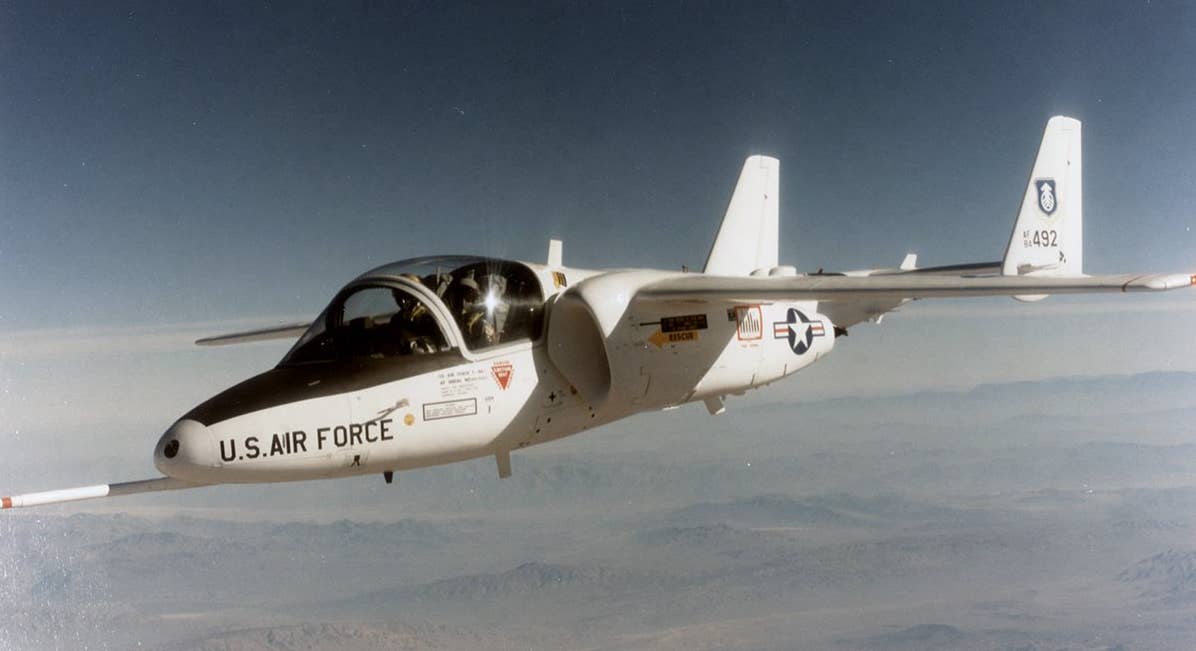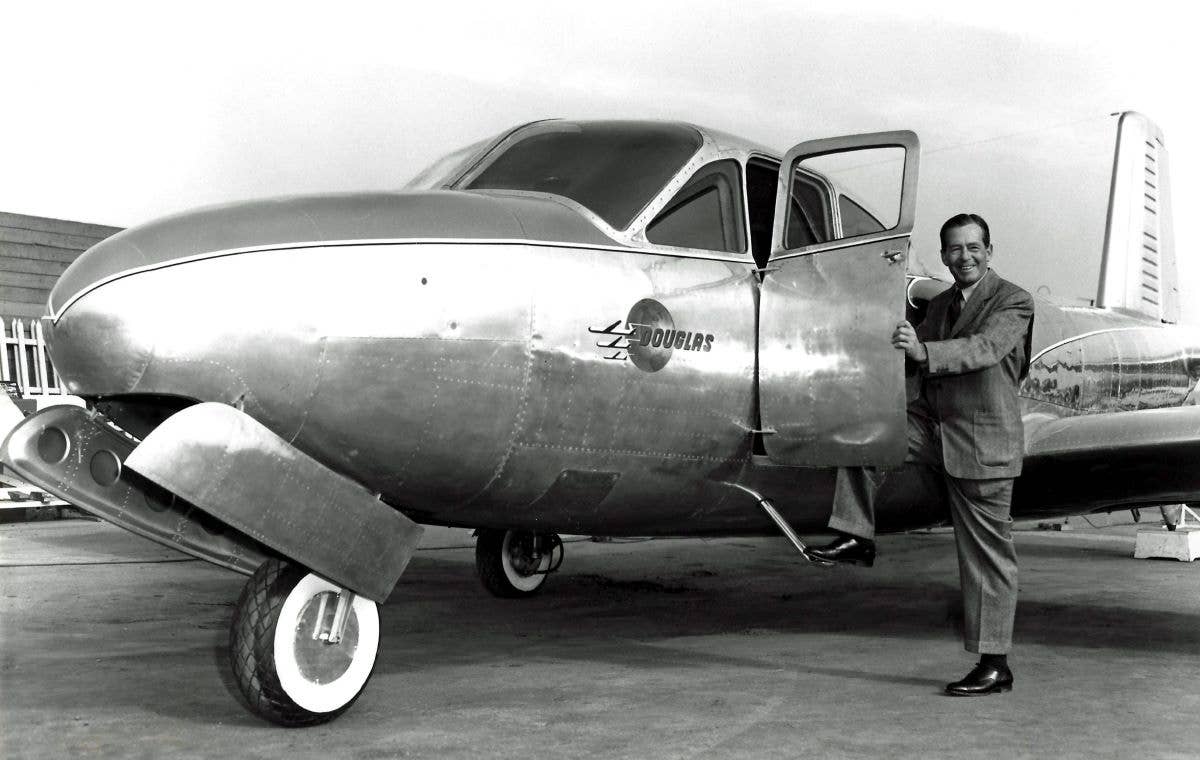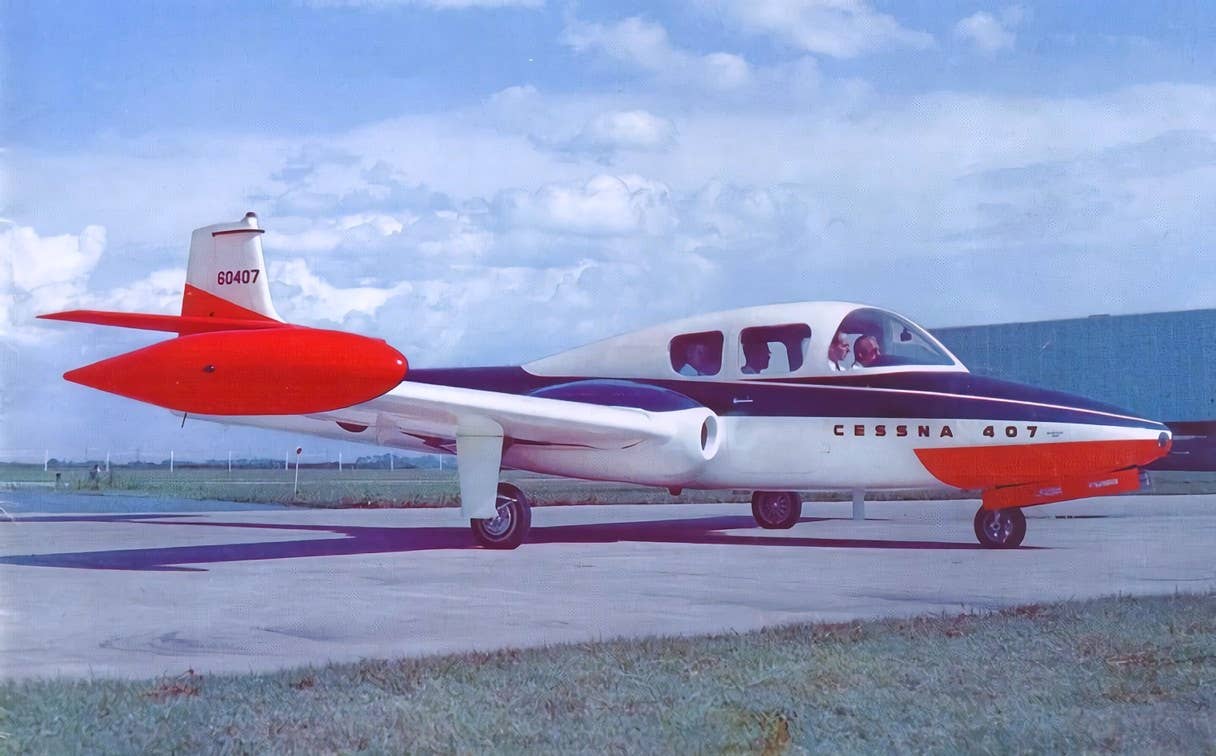Pilatus PD-01 Master Porter Was an Ambitious Concept
Although the airplane was never flown, it definitely stood out when introduced to the public in 1974.
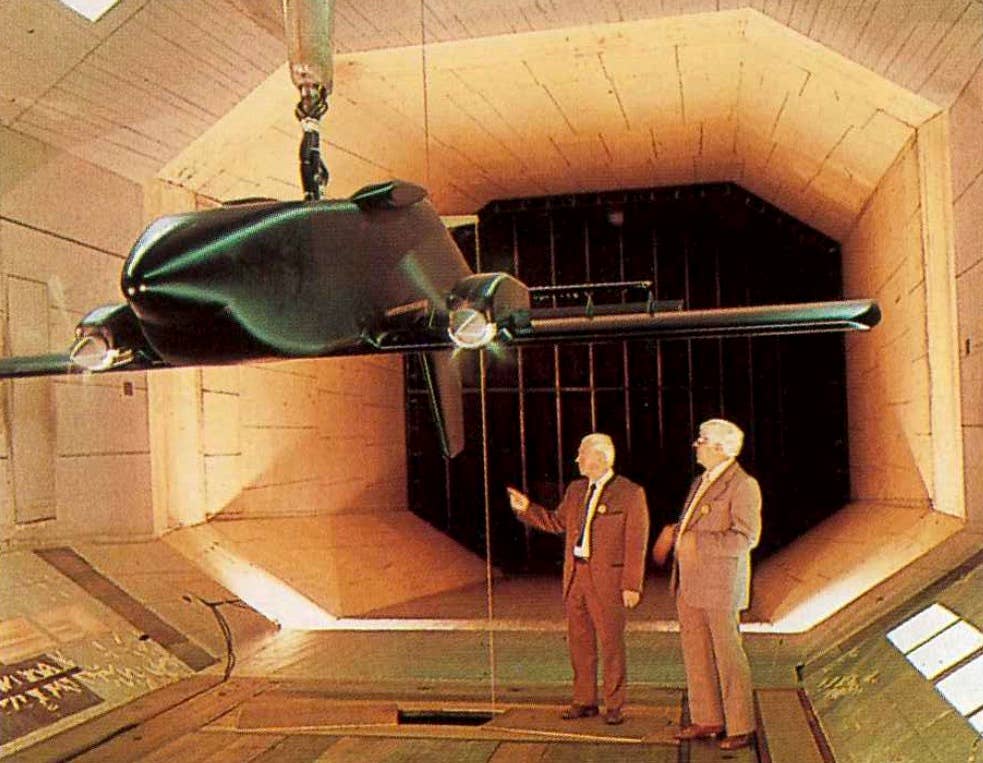
A scale model of the Pilatus PD-01 Master Porter is evaluated in a wind tunnel in the early 1970s. [Courtesy: Pilatus]
Among the world’s aircraft manufacturers, Pilatus has historically demonstrated prudence and restraint with regard to its product offerings. While certain competitors embrace constant expansion, branching into emerging niches with new aircraft models spanning a variety of categories, the Swiss company has taken a careful, measured approach.
Between the 1950s and 1980s, for example, the company only pursued two categories: utility taildraggers and single-engine military trainers. While it also dabbled in gliders with the B4/PC-11 in the mid-1960s, its engineless offerings never expanded beyond that one model. It wasn’t until the late 1980s that the PC-12 business turboprop emerged from the factory in Stans, followed by the PC-24 business jet in 2015.
Along the way, however, Pilatus did explore many interesting concepts. And although the PD-01 Master Porter (stylized in marketing materials as ‘MASTER-PORTER’) shown here was never flown, it stood out as one of the more ambitious. Developed shortly after the introduction of the CASA C-121 Aviocar, it shared many of the same characteristics, such as a high wing with two turboprop engines, a rear cargo ramp, and STOL capability. It also targeted the same market as the CASA, highlighting capabilities such as air ambulance, aerial photography, and military airlift operations.
Focusing heavily on utility, Pilatus ensured the 16,534-pound (maximum takeoff weight) Master Porter would be adaptable to a wide variety of missions. It designed the cabin with the ability to be changed in less than 15 minutes from passenger to cargo or a combination of the two. The cabin could seat up to 26 passengers in a 2-2 configuration, 21 in a 2-1 configuration, or up to 5,950 pounds of freight. The aft cargo ramp would ease cargo loading and unloading while providing a platform for various military operations.
Additionally, up to three LD3 cargo containers could be loaded in lieu of passengers. This capability would prove valuable to the market segment for years to come, with Cessna maintaining and touting the ability of its SkyCourier to also carry three LD3 containers when it was introduced in 2022.
Pilatus ensured the Master Porter would be as adaptable to landing sites as it was with cargo. The landing gear was unique, overbuilt to enable operation from unimproved surfaces but with a retractable nose wheel to reduce drag and provide a bit more cruise speed. Skis could be fitted for snow operations, and floats would enable water operations.
Living up to its heritage, Pilatus also engineered healthy short takeoff and landing (STOL) performance into the Master Porter. Through the use of 1,110-hp Pratt & Whitney PT6A-45 engines and effective high-lift devices, takeoff distance at maximum takeoff weight required only a 950 feet ground run and 1,690 feet to clear a 50-foot obstacle, with 870-foot and 1,480-foot landing distances, respectively. With a healthy 55-degree maximum flap setting, stall speed was only 70 knots, yet the aircraft was promised to achieve 205 knots in cruise.
Pilatus presented the Master Porter to the public in Munich in 1974 and constructed cockpit and fuselage mock-ups for marketing purposes. But whether the project garnered insufficient interest or the company determined the market niche was too saturated with the CASA C-212, Let L-410, Short Skyvan, and IAI Arava, the concept was abandoned shortly thereafter. It’s possible Pilatus was giving up on a promising opportunity. But it’s perhaps more likely the company was taking its typically careful, prudent approach to expansion, opting instead to dedicate its resources to the refinement and support of existing models.

Subscribe to Our Newsletter
Get the latest FLYING stories delivered directly to your inbox

